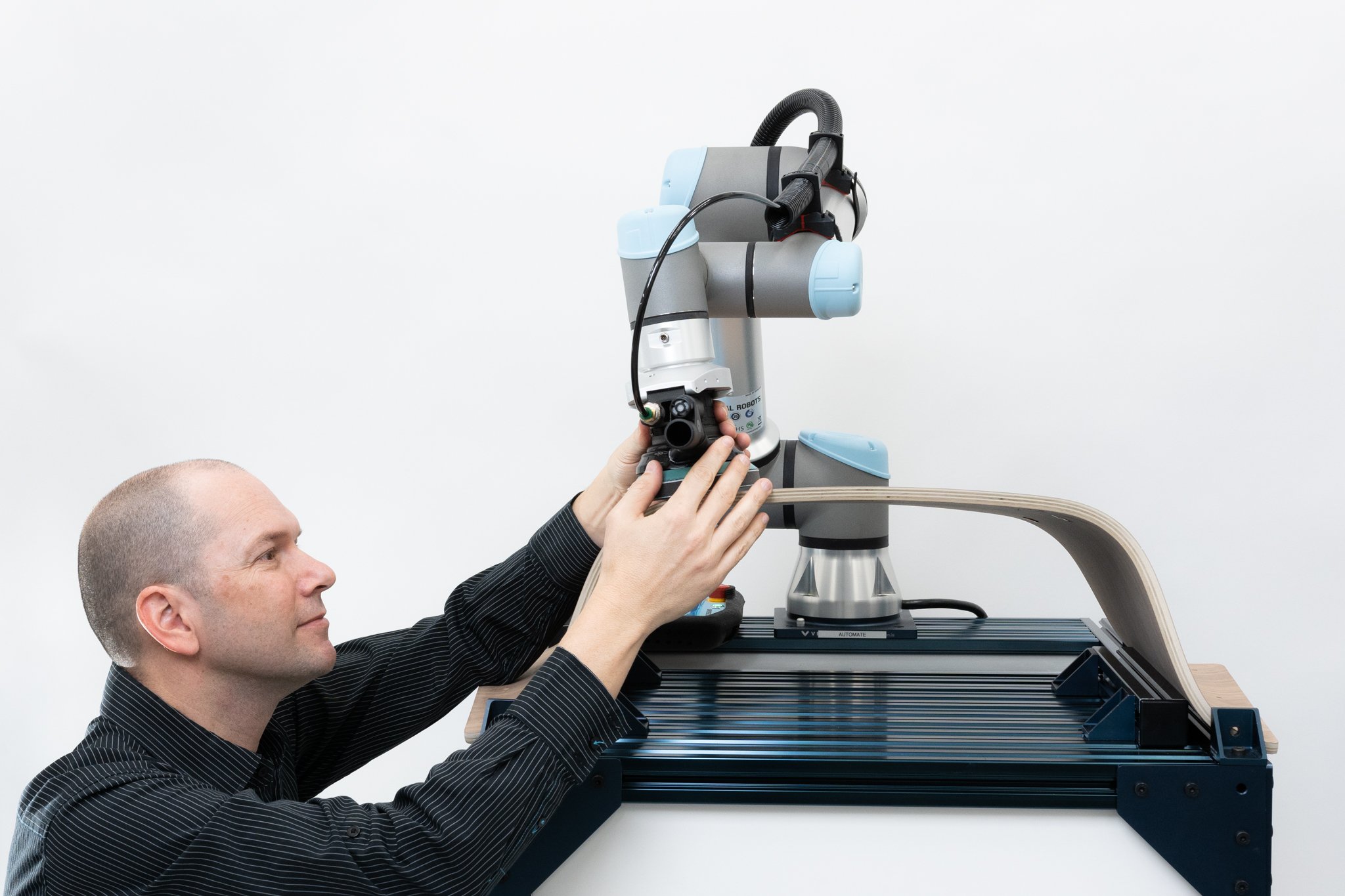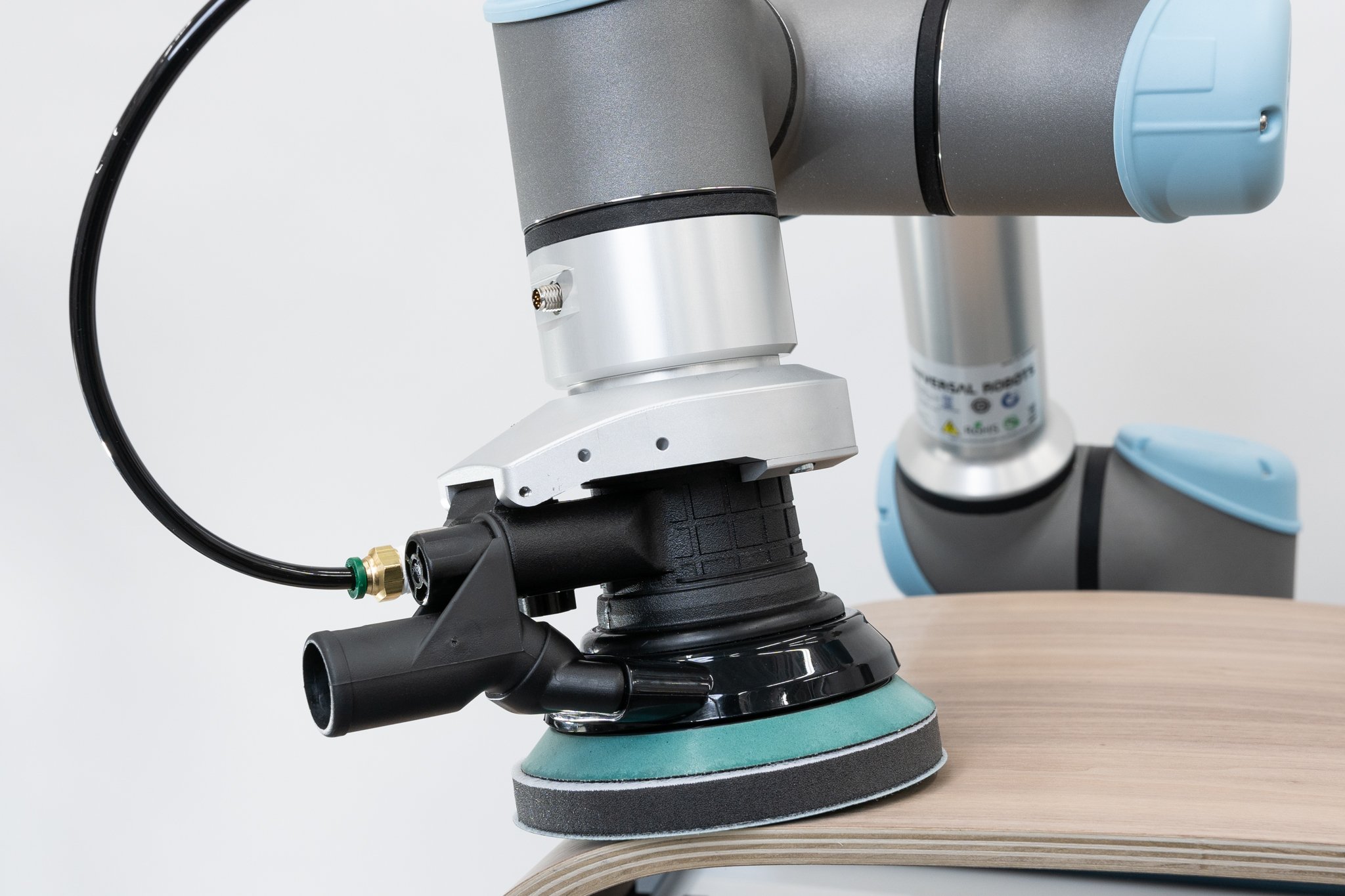For a Quebec Robotics Cluster

Posted on Oct 09, 2009 11:31 AM. 4 min read time
The parts are not the important aspect of a network but, rather, how they are interconnected. This is, in fact, the idea behind industrial clusters. They try to build bridges between stakeholders who would not otherwise communicate with each other. The goal is to ideally create a critical mass of interactions among the factions so that the phenomenon becomes self-sustaining. CRIAQ is one such cluster. It brings together players from the Quebec aerospace sector: large companies, SMEs, universities, research centers and students. Events and funding are provided to foster collaborations. I spoke this week with Clément Gosselin (Laval University Robotics Lab), Martin Duchaîne (TechnoMontréal) and my colleagues at Robotiq about creating such an organization for robotics in Quebec. Here’s a summary of our discussion:
Why a Quebec robotics cluster?
- The nature of robotics
Robotics is one of the most multidisciplinary of all engineering fields. To make robots, you need synergy between top experts across various fields. Robotics is currently moving toward standardization. Instead of everyone reinventing the wheel, designs should be modular so that components can be integrated with other applications.
Like computers, robots can be used as a tool in various fields. It would therefore be helpful to have an official organization to foster interactions with sectors like medicine, the military, aerospace, manufacturing, rehabilitation, etc. This is when truly interesting applications can arise.
- Latent critical mass
Quebec is home to an impressive mass of expertise in robotics, distributed among various organizations. I covered this in an article on robotics in Quebec. There are university laboratories, public research centres including three that are unique in the world (Hydro-Québec’s research institute, Canadian Space Agency, Aerospace Manufacturing Technology Centre), many integrators and a few companies. A cluster would intensify the interesting collaborations that already exist. - What’s in it for Quebec
Today’s global market for robotic platforms is about 20 billion dollars. Analysts predict that itwill triple over the next fifteen years. The province has the opportunity to capitalize on its great experience to carve a place in this market. Like video games and aerospace, robotics is a knowledge-based economic sector with tremendous added value.
Keeping with the comparison tovideo games and aerospace, robotics has an added attraction: it can contribute directly to the competitive edge of all sectors of our economy, especially manufacturing. Quebec is fortunate to have a strong and diversified manufacturing sector. However, it is precarious at the moment, especially because other countries compete with a labour force that is paid an order of magnitude less. This gap will only grow over the next five to ten years as an aging demographic significantly shrinks the labour market. Many Quebec enterprises won’t survive without robotics. Today, the robot to worker ratio in Canada is less than in most other industrialized countries. We have some serious catching up to do. In addition, today’s robots aren’t made to handle the small to medium-sized runs that are typical of our companies. A real opportunity exists to develop technologies that we can export and use here as well.
A final point favouring a Quebec robotics hub is the recruitment of students for careers in science and engineering. Nowadays, robotics is attracting young people more than any other engineering field. This hub can adopt a mission to develop introductory robotics programs at the secondary and CEGEP levels that prepare students for all engineering fields.
The challenges in forming such an organization
This is all well and good, but it needs to get done. Here are some challenges that we can already identify:
- The industrial fabric has yet to be weaved
Unlike other industries that got organized, Quebec has few, if any, large robotics businesses. This affects organizational funding and its influence on the governments. - The gap between stakeholders
I have visited a few manufacturers and met with several integrators. I can confirm that a wide chasm exists between the reality of research centres and that of robotics-related companies. We need to find the unifying theme that will allow everyone to see the point of collaborating from day one. - Who takes the lead?
If there were large Quebec robotics companies that were worried about international competition, they would have the resources and motivation to take the lead. But that is not the case. As for research centres, it is not their mandate and their funds are for the most part self-sufficient. That leaves organizations like TechnoMontréal, the handful of existing manufacturers: already assembled integrators and especially the Quebec manufacturing sector that had best wake up.
Robotics clusters have already formed naturally around the major American laboratories (Boston/MIT, Pittsburgh/Carnegie Mellon, Silicon Valley/Stanford). The sooner this kind of organization gets off the ground, the better its chances. We can still reach a critical mass and take advantage of our proximity with them. Who’s on board?








Leave a comment